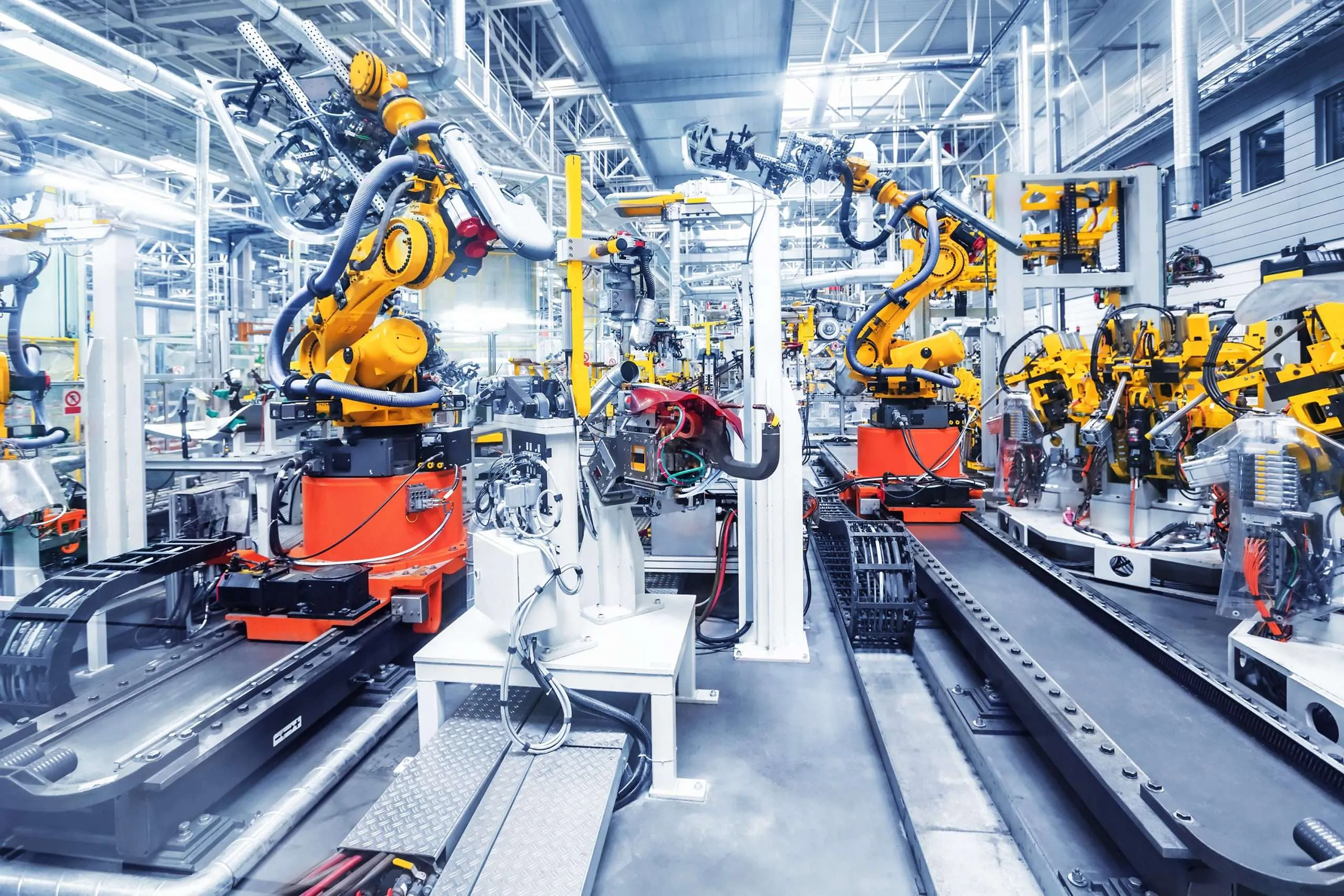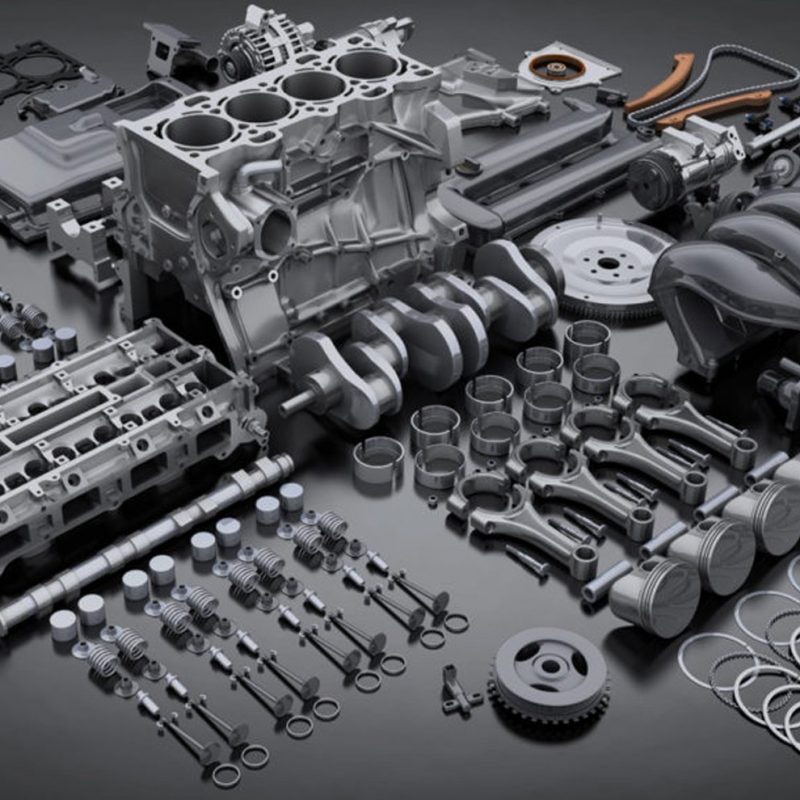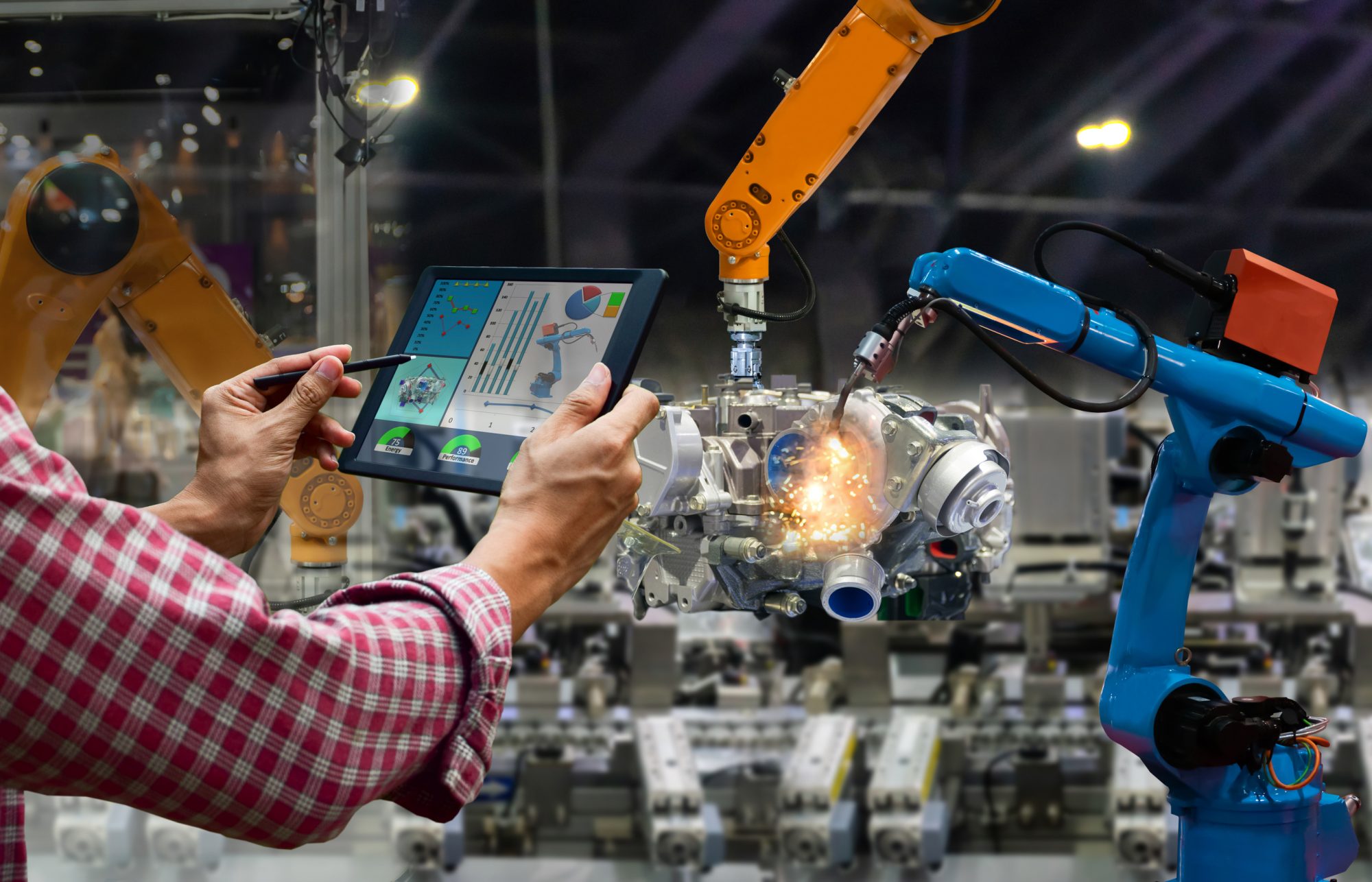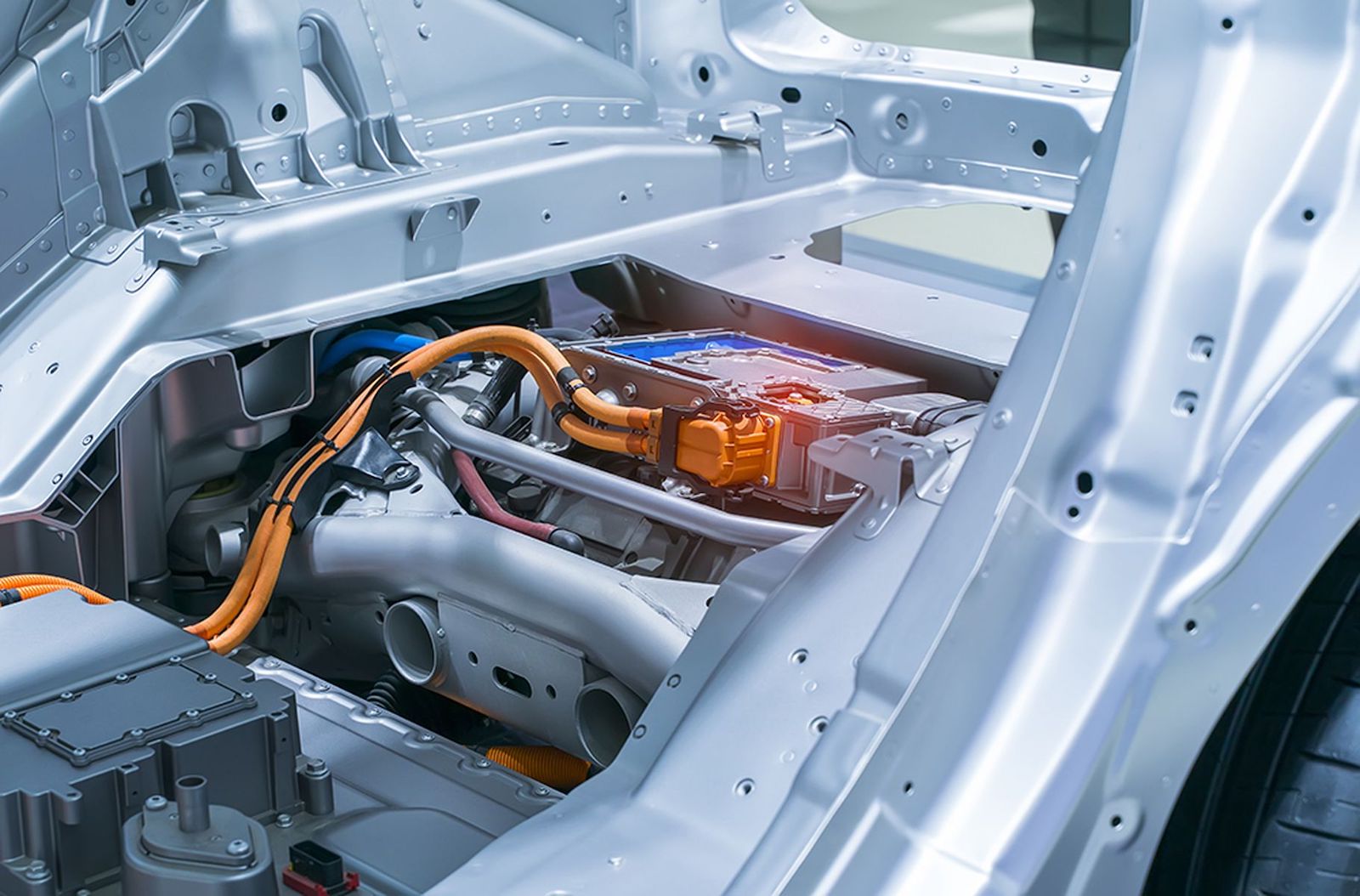The Rise of Ride-Sharing Services and Their Impact on the Auto Industry
The Rise of Ride-Sharing Services and Their Impact on the Auto Industry
A. Definition of ride-sharing services:
Ride-sharing refers to a transportation service in which individuals can use a mobile app to request a ride from a nearby driver. The driver, who is typically a private individual using their own car, will then pick up the passenger and take them to their destination. Ride-sharing services have become increasingly popular in recent years as a convenient and cost-effective alternative to traditional taxi services.
B. Brief overview of the rise of ride-sharing services:
Ride-sharing services have seen a significant increase in popularity in recent years, with companies like Uber and Lyft leading the way. These companies have revolutionized the way we think about transportation by making it easy for individuals to request a ride at the touch of a button. The convenience and cost-effectiveness of these services have made them a popular choice for both riders and drivers. As a result, the ride-sharing industry has seen significant growth and is expected to continue to grow in the coming years.
Impact on Traditional Auto Industry
A. Decrease in car ownership:
One of the most significant impacts that ride-sharing services have had on the traditional auto industry is a decrease in car ownership. As more and more people turn to ride-sharing as a primary mode of transportation, the need for personal vehicle ownership decreases. This trend is particularly pronounced in urban areas, where ride-sharing services are most readily available.
B. Decrease in car sales:
Along with the decrease in car ownership, ride-sharing services have also led to a decrease in car sales. As people rely more on ride-sharing services, the demand for personal vehicles decreases, leading to a decline in car sales. This is particularly concerning for traditional auto manufacturers, who have historically relied on personal vehicle sales for a significant portion of their revenue.
C. Shift towards shared mobility services:
The rise of ride-sharing services has also led to a shift towards shared mobility services. Rather than owning a personal vehicle, many people now opt to use ride-sharing services and other shared mobility options like bike-sharing and car-sharing. This trend is expected to continue in the future as more and more people turn to shared mobility options as a convenient and cost-effective alternative to traditional transportation.
D. Example of how traditional auto companies are responding to the shift:
To adapt to this shift, traditional auto companies are looking to invest in and develop their own shared mobility services. For example, General Motors has launched its own car-sharing service, Maven, and is investing in the development of autonomous vehicles for use in ride-sharing and car-sharing services. Other traditional auto manufacturers are also taking similar steps to stay relevant in the changing transportation landscape.
Impact on Auto Insurance Industry
A. Changes in insurance requirements for ride-sharing drivers:
The rise of ride-sharing services has led to changes in insurance requirements for drivers. Traditional auto insurance policies typically do not cover commercial use of a vehicle, such as when the vehicle is being used for ride-sharing services. As a result, many ride-sharing companies require drivers to have commercial insurance in addition to their personal insurance. This can be more expensive for drivers and may also create gaps in coverage for passengers and other parties involved in an accident.
B. Changes in insurance premiums for ride-sharing drivers and riders:
The insurance requirements for ride-sharing drivers may also lead to changes in insurance premiums for both drivers and riders. For example, some insurance companies may charge higher premiums for drivers who use their personal vehicle for ride-sharing services. Similarly, passengers who use ride-sharing services may also see changes in their insurance premiums, as their personal auto insurance may not cover accidents that occur while using a ride-sharing service.
C. Example of how insurance companies are adapting to the shift:
In response to these changes, some insurance companies are now offering specific policies for ride-sharing drivers. For example, GEICO offers a ride-sharing policy that provides coverage for drivers when they are logged into a ride-sharing app and looking for passengers. Other insurance companies are also offering similar policies to adapt to the growing demand for ride-sharing services. Additionally, some companies are partnering with ride-sharing companies to provide coverage for drivers and riders during trips.
Impact on Urban Planning and Transportation
A. Decrease in traffic congestion:
Ride-sharing services have the potential to reduce traffic congestion in urban areas. By providing a convenient alternative to personal vehicle ownership, ride-sharing services can decrease the number of cars on the road, leading to less traffic congestion. Additionally, the use of shared vehicles can also decrease the number of empty cars on the road, as multiple passengers can ride in the same car, reducing the number of vehicles needed to transport people.
B. Increase in use of public transportation:
Ride-sharing services can also contribute to an increase in the use of public transportation. For example, ride-sharing services can be used as a “last-mile” solution, providing transportation to and from public transportation hubs, such as train stations and bus stops. This can make public transportation more accessible and convenient for people, encouraging more people to use it.
C. Changes in parking and road infrastructure:
The increase in ride-sharing services may also lead to changes in parking and road infrastructure. For example, with fewer people owning cars, there may be a decrease in demand for parking spaces, leading to changes in parking infrastructure. Similarly, with fewer cars on the road, there may be changes in road infrastructure, such as the need for fewer lanes or the repurposing of existing lanes for other uses.
D. Example of how cities are adapting to the shift:
To adapt to these changes, cities are experimenting with different ways to integrate ride-sharing services into their transportation systems. For example, some cities are creating dedicated pick-up and drop-off zones for ride-sharing services, while others are exploring the use of dynamic pricing to encourage the use of shared mobility services during peak traffic hours. Additionally, some cities are also testing the use of autonomous vehicles in ride-sharing services, and how to integrate them into the existing transportation infrastructure.
Conclusion
A. Summary of the main points:
Ride-sharing services have had a significant impact on the traditional auto industry, the auto insurance industry, urban planning and transportation. They have led to a decrease in car ownership and car sales, a shift towards shared mobility services, changes in insurance requirements and premiums for ride-sharing drivers and riders, decrease in traffic congestion, increase in use of public transportation, changes in parking and road infrastructure.
B. Future predictions for the ride-sharing industry:
The ride-sharing industry is expected to continue to grow in the coming years, with more and more people turning to these services as a convenient and cost-effective alternative to traditional transportation. Additionally, the development of autonomous vehicles is expected to play a significant role in the future of the ride-sharing industry, making it even more convenient and efficient for riders.
C. Final thoughts on the impact of ride-sharing services on the auto industry:
Overall, the rise of ride-sharing services has had a significant impact on the traditional auto industry, and will continue to do so in the future. It has led to changes in consumer behavior and the way we think about transportation. Traditional auto companies and insurance companies have to adapt to this shift and find ways to stay relevant in this changing landscape. Ride-sharing services have also had a positive impact on urban planning and transportation, reducing traffic congestion and making public transportation more accessible.








